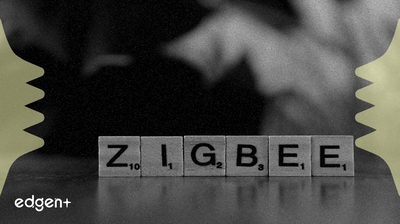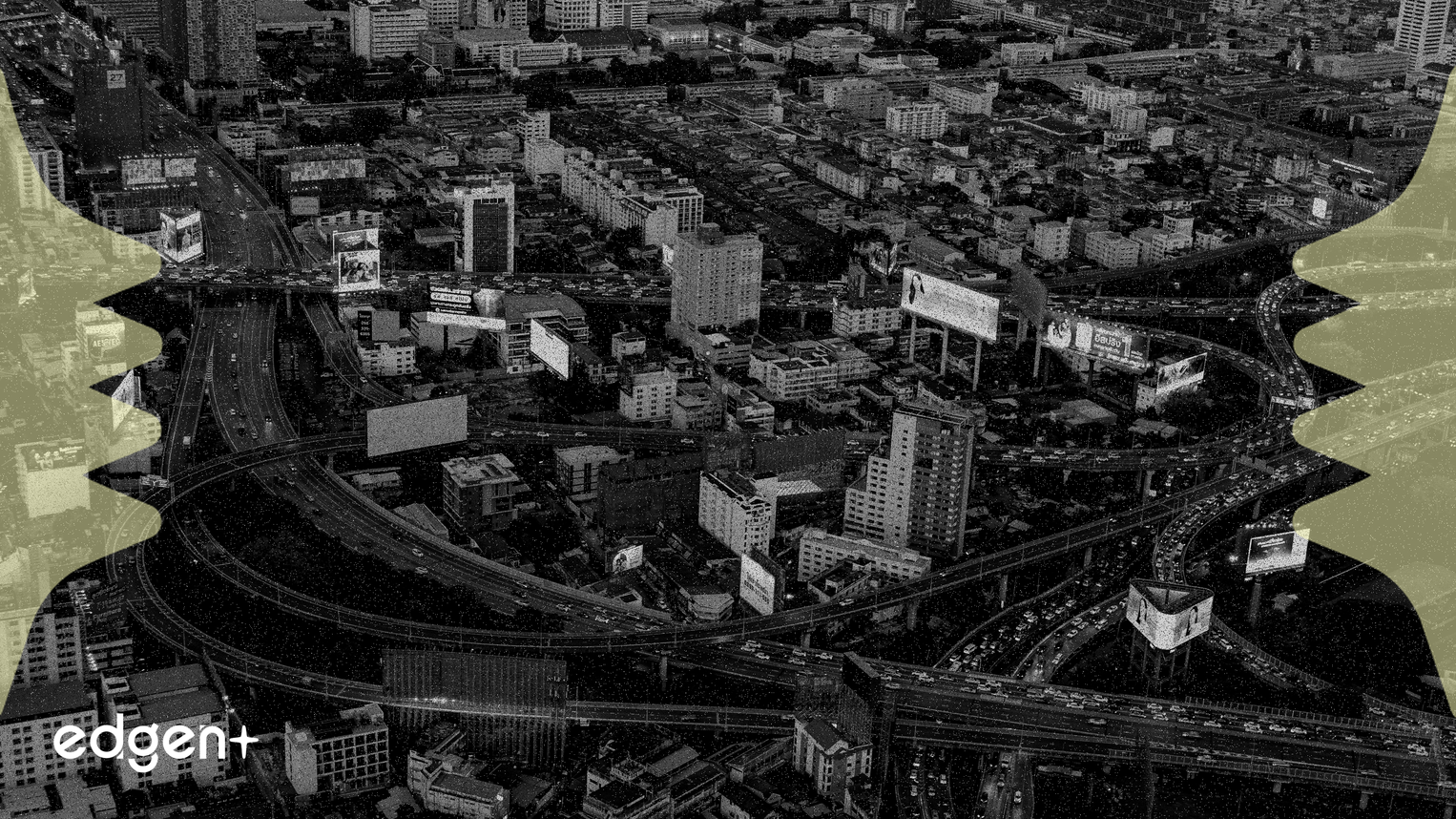Related News

Uniswap Launches Continuous Clearing Auctions, Aztec Network Utilizes Protocol for Token Sale
## Executive Summary Uniswap Labs has introduced the **Continuous Clearing Auction (CCA)** protocol, a new mechanism designed to establish fair market prices for new tokens with low liquidity and automatically create liquidity pools within **Uniswap v4**. The **Aztec Network** will be the first project to leverage CCA for its token sale, marking a significant step in decentralized finance (DeFi) issuance and liquidity bootstrapping. ## The Event in Detail Uniswap's CCA protocol is a permissionless tool enabling projects to launch tokens and establish liquidity on **Uniswap v4**. The protocol operates entirely on-chain, emphasizing transparency, gradual price discovery, and automated liquidity injection. Projects utilizing CCA define the amount of tokens for sale, a starting price, and the auction's duration. Participants place bids by specifying maximum prices and total spend, with these bids automatically distributed across auction blocks. At the conclusion of each block, a market-clearing price is determined, ensuring all tokens allocated for that block are sold at a uniform price. This design incentivizes early bidding, as bids placed earlier in the auction may benefit from lower average prices. **Aztec Network**, a privacy-focused Layer 2 network on **Ethereum** with over $8 million in Total Value Locked (TVL), is the first to implement CCA for its token sale. Registration for the Aztec token sale opened on Thursday, with public bidding scheduled from December 2 to December 6, 2025. The auction commences with a fully diluted valuation (FDV) of $350 million, representing an approximate 75% discount from Aztec Labs' most recent equity financings. To ensure broad community participation and prevent large holders from dominating the sale, per-user participation limits have been set. Aztec's sale will also integrate **zero-knowledge proofs** via ZkPassport's Noir circuits for compliant sanctions checks without compromising user privacy. ## Market Implications The introduction of CCA by Uniswap is poised to significantly impact the DeFi ecosystem's approach to token issuance and liquidity management. By providing an on-chain, transparent, and fair framework, CCA addresses structural issues inherent in traditional token launch mechanisms, such as airdrops, Dutch auctions, and fixed-price sales. The protocol's ability to automate liquidity seeding into **Uniswap v4** pools immediately post-auction is expected to mitigate initial price volatility and reduce information asymmetry. This mechanism fosters competitive price discovery while enhancing confidentiality of intents through technologies like **Multi-Party Computation (MPC)**, **Fully Homomorphic Encryption (FHE)**, and **Trusted Execution Environments (TEE)**. These features aim to reduce risks associated with frontrunning and centralization, while maintaining the rapid settlement times crucial for DeFi operations. The per-user participation caps implemented in the Aztec sale further exemplify CCA's potential to democratize access to new token offerings, moving away from models that often disadvantage retail participants. ## Broader Context CCA expands Uniswap's issuance infrastructure, with additional modules planned for future release to further enhance the launch experience for projects and participating communities. This initiative positions CCA as a potential standard for DeFi issuance, promoting a more transparent and equitable market for new tokens. The protocol aligns with a broader trend in the Web3 space towards challenging opaque crypto norms through fully on-chain transparency and real-time audibility, as seen in projects aiming for fair token distribution without private allocations or venture capital deals. The collaboration between Uniswap and Aztec underscores a commitment to non-custodial, permissionless DeFi that is transparent, fair, and immutable.

Upexi Authorizes $50 Million Stock Buyback Amid 50% Share Price Decline
## Executive Summary **Upexi** (NASDAQ: **UPXI**), a **Solana**-centric digital asset treasury operator, has approved a $50 million stock repurchase program following a 50% decline in its share price over the past month, signaling a defensive maneuver to enhance shareholder value. ## The Event in Detail On November 6, **Upexi**'s board of directors authorized an open-ended stock repurchase program valued at $50 million. This decision comes amidst significant pressure on the company's equity, with its stock having fallen more than 50% in the last month and nearly 90% from its April highs. The company closed at $3.22, marking a 4.73% decline for the session. **Upexi** CEO Allan Marshall stated, "This share repurchase program underscores our confidence in **Upexi**'s strategy, balance sheet, and long-term growth trajectory." The repurchase program is intended to provide flexibility for the company to acquire shares in the open market, contingent on prevailing market conditions. Funding for the buyback includes $50 million in gross proceeds from a private placement executed on July 15, 2025, where 12.46 million shares were issued at $4.00 per share. Additionally, a $500 million equity line agreement with A.G.P. provides a flexible funding source, allowing the company to issue shares at its discretion. Financially, **Upexi** reported total revenue of $9.2 million for its most recent quarter, an increase from $4.4 million in the prior year's quarter. Net income for the same period stood at $66.7 million, compared to a net loss of $1.6 million year-over-year. This net income was largely driven by $78 million in unrealized **Solana** gains. ## Market Implications **Upexi**'s share repurchase program aligns with a broader trend among Digital Asset Treasury (DAT) firms to bolster share prices through buybacks amid market volatility and waning investor appetite for digital assets. Other companies, such as **SharpLink Gaming** (NASDAQ: **SBET**) and The **Solana** Company (HSDT), have also initiated similar programs. This trend indicates a strategic shift towards capital preservation and a defensive stance within the sector, even as these firms maintain substantial digital asset reserves. The buyback is designed to provide a floor for the company's stock and reward shareholders at what management perceives as a discounted price. Despite the company's significant **Solana** holdings, investor skepticism persists, tied to broader crypto market swings. **Upexi**'s stock previously surged over 600% after revealing its **Solana** strategy earlier this year but has since retraced sharply as digital asset markets weakened. ## Business Strategy & Market Positioning **Upexi** currently holds 2.1 million **SOL**, valued at approximately $319 million, representing about 0.35% of **Solana**'s total supply. The company views this **Solana** treasury as a core asset, with CEO Allan Marshall highlighting **Solana**'s "nearly-unlimited upside" and the compounding effects of staking and discounted token acquisitions. The staking yield alone generates $6.1 million in quarterly revenue, marking a 183% year-over-year increase. The strategic rationale behind the buyback is to leverage the company's substantial **Solana** holdings as collateral and to signal confidence in its intrinsic value when the stock is trading at a discount. This approach mirrors, in part, strategies observed in other public companies with significant digital asset treasuries, such as **MicroStrategy**, which have utilized their crypto holdings to influence corporate finance decisions and shareholder value. ## Broader Context The move by **Upexi** unfolds against the backdrop of the **Solana** blockchain's performance and growing ecosystem. In Q1 2025, **Solana** processed a record over 67 million daily transactions without interruption, demonstrating its technical capacity. Its hybrid Proof-of-History/Proof-of-Stake consensus ensures sub-second finality with near-zero fees. On-chain activity on **Solana** is robust, commanding two-thirds of all blockchain application revenue and supporting $13 billion in stablecoin liquidity. Developer engagement remains high, with between 2,500 and 3,000 monthly active open-source developers, and its share of new Web3 founders more than doubled from 5.1% in 2023 to 11.2% in 2024, placing it second only to **Ethereum**.

Asia-Pacific Leads Global Digital Asset Adoption with Nearly 25% Adult Penetration
## Executive Summary The Asia-Pacific (APAC) region has emerged as a leading hub for digital asset adoption, with nearly one in four adults, or 24.3%, utilizing cryptocurrencies. This figure significantly surpasses the global average of 16.9% and positions APAC as the fastest-growing driver of crypto activity in 2025. The region accounts for approximately six in ten of the world's digital asset users, driven by factors such as remittances, mobile-first finance, and stablecoin transactions. Awareness of cryptocurrency is high, with over 90% of adults in the region reporting familiarity, and more than half expressing intent to use digital assets within the next year. ## The Event in Detail Findings from the "APAC Digital Asset Adoption 2025: Stablecoins, Tokenization & Integration" report indicate that 24.3% of adults with internet access across the Asia-Pacific region use digital assets. This is considerably higher than the global average. Stablecoins have been particularly influential, with almost one in five adults across the region utilizing them. A notable disparity exists between emerging and developed APAC economies: stablecoin adoption in emerging markets stands at 17.8%, roughly three times that of developed economies, which record 5.8%. Countries like Thailand lead stablecoin adoption at 30%, followed by the UAE at 26%, and Hong Kong at 18%. Japan, in contrast, shows the lowest adoption rate in the study at 2%. The report underscores a shift in digital asset usage from speculative investment to embedded financial infrastructure, particularly through remittances. The APAC region has also seen its trading volume increase by 69% year-over-year, rising from $1.4 trillion in June 2024 to $2.36 trillion in June 2025, with countries such as Vietnam, Pakistan, India, and South Korea contributing significantly to this growth. ## Market Implications The accelerated integration of digital assets into mainstream finance is a dominant theme in 2025, propelled by institutional adoption and regulatory clarity. The approval of spot **Bitcoin** (**BTC**) ETFs in early 2024 and **Ether** (**ETH**) ETFs in July 2024 has opened avenues for substantial institutional capital. Similar approvals are anticipated for other single-token cryptocurrencies like **Solana** (**SOL**) and **XRP** (**XRP**). This trend, coupled with maturing infrastructure and an expanding array of practical use cases, is fostering increased crypto adoption across both institutional and consumer segments. Globally, regulatory advancements such as the EU's Markets in Crypto-Assets Regulation (MiCAR), fully operational since January 2025, and the U.S. GENIUS Act, signed in July 2025, are reducing regulatory uncertainty and attracting more participants. In Asia, key jurisdictions including Singapore, Hong Kong, South Korea, and Japan are actively refining their regulatory frameworks. Hong Kong's ASPIRe roadmap, South Korea's Digital Asset Basic Act, and Singapore's Financial Services and Markets Act (FSMA) exemplify this regional commitment to legal and supervisory models supporting long-term market integration. Tokenized real-world assets (RWAs) now exceed $22.5 billion on-chain, and institutional **Bitcoin** holdings have nearly doubled in 2025. ## Expert Commentary Despite the rapid growth, challenges such as scalability, interoperability, and user-friendliness persist, though continuous innovation is actively addressing these hurdles. A J.P. Morgan survey of CFOs and treasurers in Asia Pacific revealed that 40% cite regulatory uncertainty as the main barrier to digital currency adoption. Furthermore, 60% of respondents rated their understanding of digital currencies as low or very low, highlighting a significant need for greater education and clarity in this evolving space. ## Broader Context Asia's rapid growth in crypto adoption, outpacing regions such as the United States and Europe, signifies a pivotal shift in the global digital asset landscape. Stablecoins have gone mainstream, with adjusted transaction volumes approaching $1.25 trillion monthly by September 2025, rivaling traditional payment systems. The repeal of SEC Staff Accounting Bulletin 121 (SAB 121) in the U.S. and its replacement with SAB 122 has removed a major hurdle for institutional custody services by eliminating the requirement for banks to classify crypto assets as liabilities. This regulatory environment, combined with sustained institutional interest and clear policy frameworks, reinforces the transition of cryptocurrencies from a volatile outlier to a strategic asset class, particularly evident in the dynamic APAC market.
